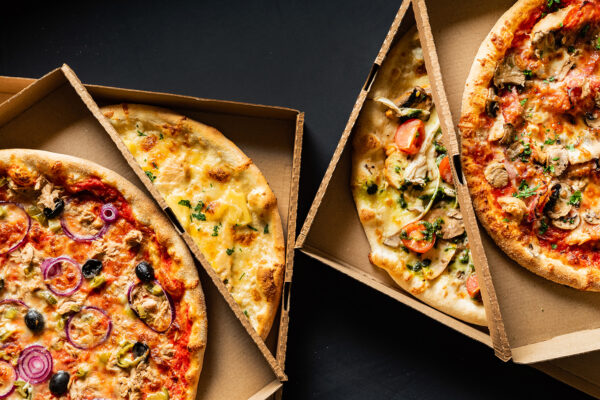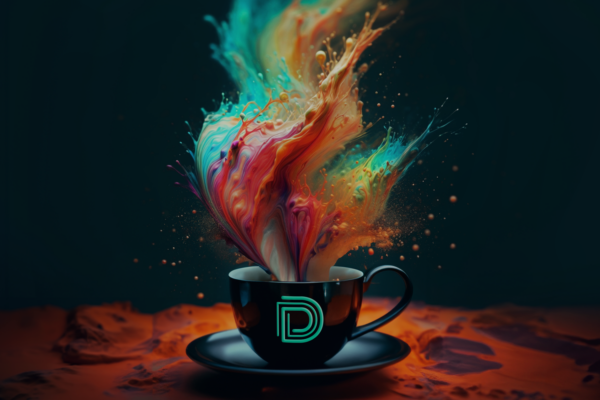If you mention the word “non-alcoholic” to an average consumer, they may immediately think of a mocktail, otherwise known as a spirit-free cocktail.
Yet non-alcoholic drinks encompass far more than just the drinks disguised as alcoholic ones. Non-alcoholic drinks include everything from coffee and tea to soda, energy drinks, smoothies and milkshakes. And while they’re not the “main course,” they are profit centers for most operators.
In fact, despite ongoing recession fears, nearly half of operators saw an increase in beverage sales in 2022, largely driven by increases in foot traffic as pandemic concerns and restrictions have eased, according to our recently released Non-Alcoholic Beverages keynote report.
Still, looking ahead, ongoing concerns like inflation and supply chain issues will remain top challenges for operators’ non-alcoholic beverage programs. One in five operators have switched brands for at least one beverage in the past year, mostly due to better prices and more consistent availability.
Labor woes are also playing a big role in operators’ decisions around beverages. Nearly three-quarters of operators say that beverages that are easy for staff to serve are essential to their operation.
But at the end of the day, taste is still the top reason both consumers and operators cite when selecting a non-alcoholic beverage.
And it’s not just taste that attracts consumers, but also the feeling of indulgence. The top reason consumers have increased their beverage consumption in the past year is because they want to treat themselves. And treating oneself is a top driver to drink certain beverages in general – milkshakes, hot chocolate, slushies, smoothies, and cold coffee beverages in particular.
Though the feeling of indulgence is great, health is still top-of-mind for many consumers, especially in the season of New Year’s resolutions. Smoothies, juice and sparkling water are the top beverages that consumers choose more often because they’re perceived as healthier.
Speaking of health, functional beverages are a growing opportunity for operators, particularly as Gen Z and Millennials are more likely to want functional health benefits from non-alcoholic beverages than their older peers, despite being less likely to have health concerns at their age.
Here are some other key opportunities for beverages going forward:
Seasonal beverages
Over a third of consumers – and half of Gen Zers – look forward to getting a specific beverage LTO (limited time offer) from a specific restaurant each year. Seasonal beverages are particularly appealing to women – over a quarter of women would be more motivated to try a new beverage if it was a seasonal variety or featured seasonal flavors.
Experimental flavors
There is plenty of room for more globally inspired beverages, beverages featuring new innovative flavors (like sweet and spicy or herbal) and the addition of sugar and dairy milk alternatives – all of which appeal to the core demographics of Gen Z and Millenials.
Incorporating trendy tropical fruits like yuzu, guava, and dragon fruit is another particularly strong growth opportunity: half of Millennials are interested in beverages featuring these flavors, and this trend represents the largest gap between overall consumer interest and the number of operators offering today.
Plant-based milks
If operators don’t invest in plant-based milks, they should definitely consider this data point: More than a third of consumers say it is very or extremely important to them to have plant-based milk options when buying coffee beverages (hot or cold), smoothies, and hot chocolate.
A chilly opportunity
Over half the operators who serve cold coffee beverages (including iced and frozen coffee drinks) say that cold coffee sales rose in the last year. There’s room for growth in this space, especially given the rise of trendy global offerings like Thai and Vietnamese iced coffees, viral TikTok creations like Dalgona coffee, and even ready-to-drink options like canned cold brew.
About those mocktails
Getting back to those mocktails: they’ve grown 233% on menus in the last four years, according to Datassential’s MenuTrends. Consumers who participate in alcohol-free challenges like Dry January or simply reduce their intake of alcohol are drawn to the growing number of complex cocktails sans alcohol. In fact, 37% of consumers say they drink mocktails at least once per week – an increase of 21% in the past year. Yet only 20% of operators currently offer them, providing a big opportunity for growth.
Jessica Werley is a Research & Insights Manager at Datassential and the author of the Non-Alcoholic Beverages keynote report, available here in ReportPro, Datassential’s vast food and beverage report library.
If you’re not a subscriber and would like access to this issue and the rest of Datassential’s latest data and publications, reach out to us here.






